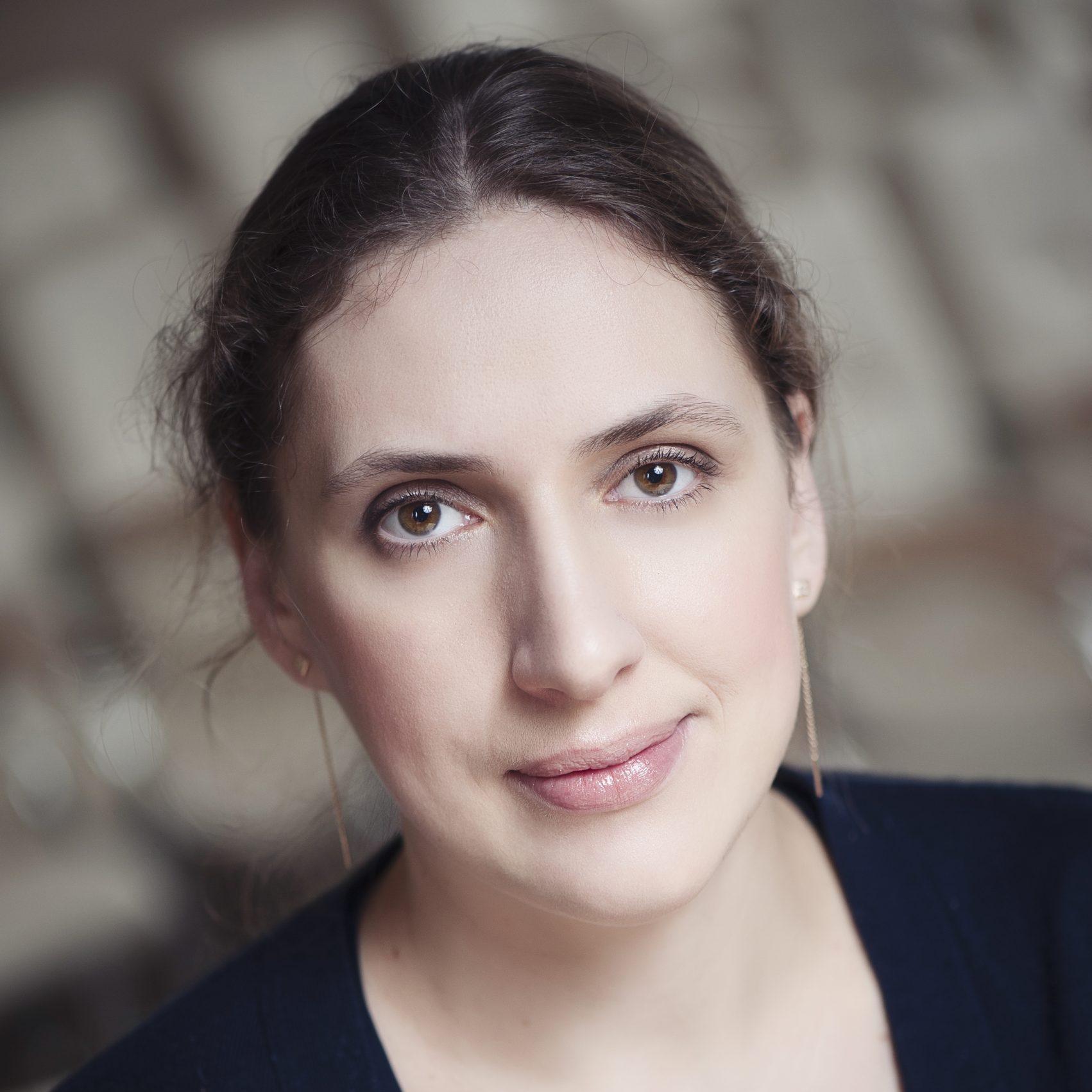Decentralization is tightly linked to education and healthcare reforms through financing of these spheres. Besides, education and healthcare are the most obvious criteria for voter evaluation of the job a local government has done. The foundation of reform was laid in 2015, when predefined financing of each school or hospital was replaced by educational and medical subventions. The subventions are distributed between local governments by formula which includes population size and a few other parameters.
Local governments decide how to distribute the subvention between facilities located on their territory. Local governments can also provide additional funds to facilities – for example, to buy equipment, provide higher salaries or training for teachers, doctors or facility managers. They also can launch join projects with public or private funds, business or international organizations to attract additional resources.
This change in financing scheme launched the process of optimisation of educational and hospital networks.
Thus, Amalhamated Territorial Communities (ATCs) can make decisions about the quantity and location of schools within them. For example, they can decide to merge several small schools into one and provide transportation to this school from the other villages, or organize a school hub with branches instead of several small schools [1]. A recent government decision allowed organization of such school hubs not only within an ATC but also for several ATCs or rayons within one educational district if they think that it would benefit children living in those communities.
Ukraine currently has a room for school network optimization, especially in villages (figures 1, 2). Larger schools are both more cost efficient [2] and able to provide better education to children because they don’t have to assign one teacher to teach several subjects. Besides, large schools allow children to better develop soft skills and provide them with the study environment that is both cooperative and competitive. Although general cost may not be much lower because the children need to be transported to the school hub, the benefits for quality of education are clear. Certainly, this reform has to be actively communicated to local dwellers who sometimes are opposed to closing a school in their village.
Figure 1. Number of students per school and students per teacher
Source: State Statistics Service of Ukraine
Figure 2. Distribution of schools by the number of students
A similar financing scheme was implemented for healthcare facilities – local governments were given the right to decide how much money to provide to each policlinics or hospital on their territory. However, since 2017 the healthcare financing reform has taken a step further [3]. The “money follows the patient” principle is being gradually implemented in healthcare to replace the infrastructure financing [4]. For this, a few steps are necessary:
- Medical facilities have to become not budgetary institutions but communal or state-owned non-profit enterprises. This shift provides them with much more autonomy and control over their budgets. Thus, they can establish the list of fee-paid services (while previously the price-list for them had to be approved by local governments), set the salaries (while for budgetary institutions the salaries are defined by the Unified Tariff Scale set by the central government), and to officially fundraise (while budgetary institutions can get additional funding only through semi-official charitable funds). Currently all of the primary level facilities and about 50% of secondary and tertiary level facilities became non-profit enterprises (the share differs by oblasts). Certainly, this transition provides much more room for decision-making of facility managers. At the same time, it increases their responsibility and skill requirements (among other, they need to develop managerial skills).
- A ‘pay-per-service’ scheme has to be introduced. Ukraine chose to have a centralized model – thus, a single government agency (National Healthcare Service) established in March 2018 makes payments to all the facilities or doctors for the services they provide. Furthermore, ‘pay-per-service’ financing requires defining the list of services financed completely by the government, co-financed by patients and completely financed by patients, as well as the calculation of prices for services. At the primary level (family doctors) Ukraine has a fixed payment per patient who signed the declaration with her family doctor (payments for children and elderly patients are higher than for middle-age adults). At the secondary and tertiary level, the DRG system will be gradually introduced.
- For ‘pay-per-service’ to become operational, the e-Health system has to be established – so that the National Healthcare Service sees which services were provided to a patient by a certain facility or a family doctor. Thus, payment to this facility or doctor is delivered automatically within the contract with NHS. Ukrainian e-Health is a two-tier system whereby the government controls the central database and private companies can provide interface, i.e. the systems through which doctors can access this central database. There is already a dozen of interface systems on the market.
- Then, the local governments have to make decisions on the hospital network. In Ukraine, the network is abundant (Figure 3), and many hospitals cannot provide a decent level of services. With payment-per-service scheme ‘good’ hospitals (i.e. those with many patients) will receive more money than those to which patients do not apply. Thus, local governments will have to decide on hospital concentration within hospital districts – in a similar way they decide on school concentration within educational districts. They will also be able to provide additional support to local medical facilities. Some local governments already do this at the primary level. For example, they provide cars to family doctors so that they could visit patients or renovate premises where they work. By doing this, local officials are earning ‘electoral points’ in the eyes of their voters.
Figure 3. Number of hospital beds per 100k people in Ukraine and in other countries
Source: State Statistics Service, the World Bank
As of today, the primary care has completely switched to the new financing scheme, and the next levels of the system will be reformed starting 2020 [5]. Since the reform is still incomplete, it has mixed perceptions in the society – both by doctors and patients. As with any reform, there are winners and losers – because the reform introduced competition between facilities and doctors along the quality line. Moreover, private facilities can compete with communal and state owned ones for the public money since if they sign a contract with NHS they can receive payment per service on equal terms. But the society as a whole will win from increased quality of service and more efficient use of funds.
In the higher education the “money follows the student” scheme was introduced only partially – thus, the volume of state financing of education on certain specialties is centrally defined (i.e. the government decided for education of how many engineers or lawyers it will pay). The distribution of these state-funded places across universities is based on demand – if more higher-grade students apply to a certain university to a certain specialty, this university can get more budget funding. The distribution of students is performed automatically taking into account students’ grades for after-school tests and their preferences for universities and specialties. Introduction of external after-school testing in 2008 has greatly reduced opportunities for corruption at the entrance to universities and thus allowed students without money or connections to enter ‘prestigious’ universities previously closed for them.
Today, the external testing is being gradually introduced at the ‘exit’ of universities too. Thus, in 2018 external testing in law was introduced for those willing to enter MA programs in the field, and an external testing in foreign languages for students with BA degree was introduced in 2019.
In medical education, the external exams for graduates have been in place since the late 1990s. However, the quality of medical education still remained questionable. Thus, Tetyana Tyshchuk and Inna Sovsun found some hard to explain patterns in results of national medical exams. These patterns raise questions to grading algorithm. Besides, sometimes these exams include questions from previous years, and since the databases of questions are publicly available, students can memorize questions rather than understand the material. To circumvent this, international exams (IFOM) are being introduced for Ukrainian medical students since 2019 as a part of the external assessment of the quality of their education. This creates incentives for medical schools to improve the quality of education which they provide [6].
Starting 2020 the graduates of medical schools will be distributed to hospital internships automatically according to the results of external assessment. Moreover, funding for internships will be distributed not to universities but to hospitals thus creating incentives for them to teach young doctors thoroughly. To further raise the quality of medical education, the minimal threshold of 150 points for after-school internal testing was introduced for entering medical universities (in 2019, 36% of graduates got this score for external testing in Math, for example). This allows to select future doctors among the most motivated students and will raise the average quality of doctors in Ukraine in the long term. Meanwhile, ‘money follows the patient’ scheme will reward better doctors already in the short term.
Certainly there are crucial elements other than financing both in healthcare and education reform. For educational reform these are new educational standards (currently adopted for the primary school), new competences and subjects and new ways of teaching. For healthcare reform these are licensing requirements and analogues of standards – medical protocols. In 2017 the government allowed hospitals to adopt international treatment protocols without adjusting them to Ukrainian conditions. At the same time, they can continue using Ukrainian protocols adopted earlier. Hospitals which adopted international protocols can file requests to the Ministry of Health for procurement of respective equipment or medicines. Thus, gradually the true health needs of population are being revealed.
An essential part of primary healthcare reform is the “Accessible Medicines” program. Within the program, patients can get drugs for a few chronic diseases (diabetes, asthma, cardiovascular diseases) free of charge or for a small co-payment if they receive an electronic prescription from their family doctor. Use of electronic prescriptions allowed to reveal 31 thousand ‘fake’ patients with diabetes. This program helps shift the focus from hospital care to primary care and prevention or control of chronic diseases since the latter is much less expensive.
Substantial savings to the healthcare budget were induced by transferring of government procurement of drugs to international organizations. This was a temporary measure to break up the salient corruption schemes. Today, the centralized medical procurement agency is being created, and it will take care of the procurement for “Accessible Medicines” programs as well as procurement of expensive drugs (such as drugs for cancer treatment or orphan diseases). For more details on medical procurement please refer to the procurement chapter of this book.
It is very important that healthcare and educational reforms continue because half-reforms or reversed reforms are worse than no reforms at all.
You can find out more about the ‘White Paper on Reforms 2019’ project and other chapters of the book at this link
Notes
[1] The school hub with branches compared to several small schools provides savings on administrative cost (thus, school hub needs just one principal), and also allows to optimize teacher workload (thus, a teacher may be teaching one day at one branch, another day at another branch etc. while traveling between schools is usually not possible).
[2] Thus, in 2018 the cost per student in a small school was estimated at UAH 58 thousand, while Ukraine average is UAH 15 thousand.
[3] The healthcare reform Strategy was developed in 2015. Current reform mainly proceeds along the lines of the Strategy. The details of healthcare reform and next steps can be found in the Ministry of Health Transition book.
[4] Financing according to the number of beds, number of doctors or square meters of the facility.
[5] Currently, the pilot project with secondary care facilities is implemented in Poltava oblast. The results show reduction of the length of stay of patients in hospitals and increase of the share of complicated cases (which implies reduction of unnecessary hospitalizations).
[6] Ministry of Health developed the Strategy of development of medical education in Ukraine.
Attention
The authors do not work for, consult to, own shares in or receive funding from any company or organization that would benefit from this article, and have no relevant affiliations




